As the chin is located at the lowest part of the face, it plays a pivotal role in balancing the face and determining the mood.
Additionally, the location of the chin changes the profile of the nose and mouth. Genioplasty is a surgery which alters the size, angle, and location of the chin. CDU’s chin surgery provides an ideal and natural shape and location of the chin from any angle, minimizing complications.
Surgery Duration
Approx. 1-1.5 hours
Hospitalization
No
Stitches Removal
None / after 14 days
Anesthesia
General
Recovery Period
7 Days
CDU Genioplasty

1. No secondary step-off irregularities
CDU minimizes the possibility of irregular contours by using a shaving method
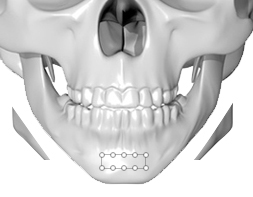
2. Restoration of facial balance
CDU finds the chin which harmonizes your face, by understanding the proportion of the face from the front as well as the side. Alteration of chin length, width, shape, and projection are available at CDU Plastic Surgery Korea.
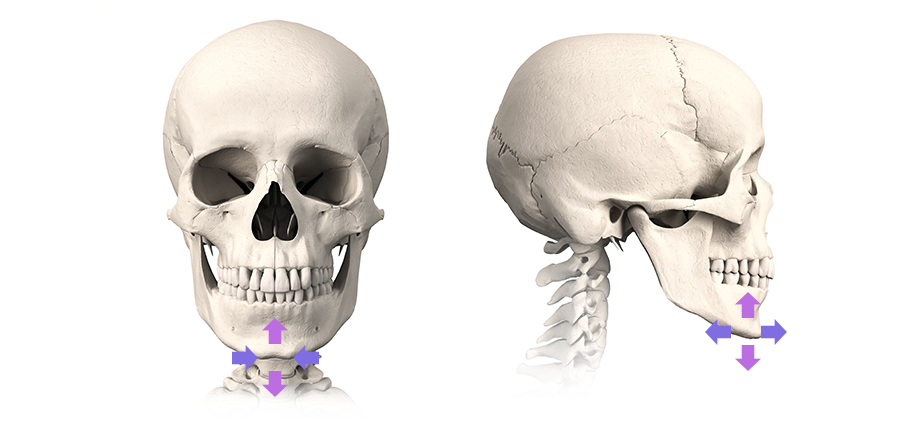
3. 1-by-1 customized surgery approach
With 20 years of clinical experience, CDU evaluates each patient’s characteristics and applies different approaches accordingly. Additionally, various surgical approaches are combined to achieve the most satisfaction for patients.
4. No scarring, minimizing swelling and skin sagging
The surgery is performed through a small incision inside the mouth so that there is no scar visible outside and minimal swelling, bleeding and bruising. Furthermore, the surgical area is narrower than other clinics, so skin sagging is prevented.
5. No nerve damage
The surgical area is decided according to the location of the nerve on the lower part of the chin, through evaluation of a 3D CT scan.
The surgery is performed, avoiding the nerve running along the chin, which has allowed us to achieve zero nerve-damage accidents for 20 years.

What is the Ideal Chin Proportion?

-
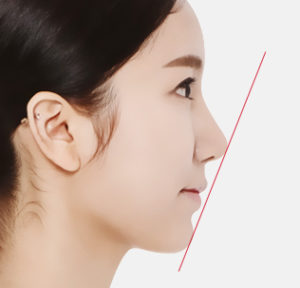
01
When the nose and the chin are connected in one line, the ideal location of the upper lip is 2-3 mm behind the line, and the lower lip is 1-2 mm behind the line. -

02
The facial bone is made of three different layers. The superficial layer is eliminated to achieve a slimmer and three-dimensional shape at the front. -
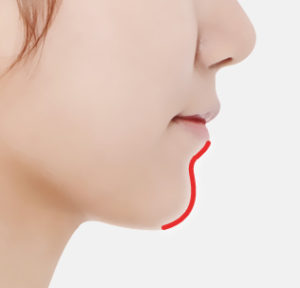
03
The ideal contour from the lip to the chin is S-shaped. -
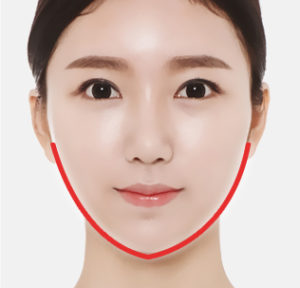
04
The ideal shape of the chin is V-shaped from the front.
Different methods for each condition

1. When the chin is wide (T-osteotomy)
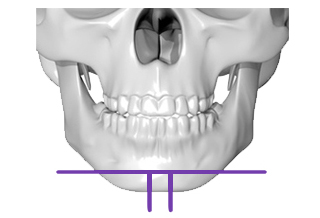
The bone is cut in a T-shape, avoiding the nerves.
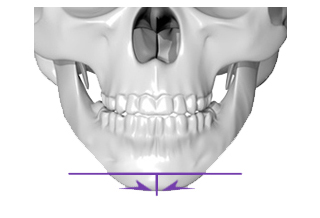
The bone in the middle is eliminated and the rest of the bone is gathered.
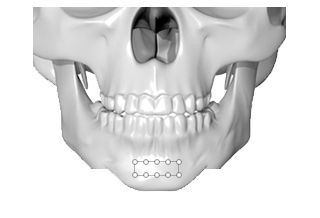
The gathered bone is fixed.
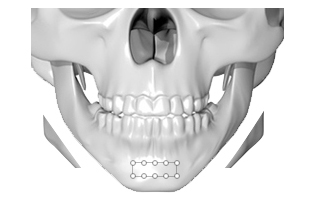
The irregular contour is shaved.
2. When the chin is long [osteo-reduction]
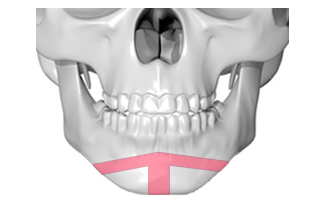
The bone is cut in a T-shape, avoiding the nerves.
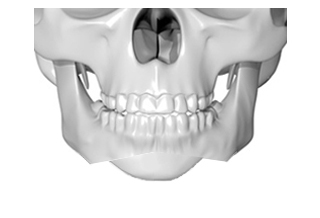
The bone in the middle is eliminated and the rest of the bone is gathered.
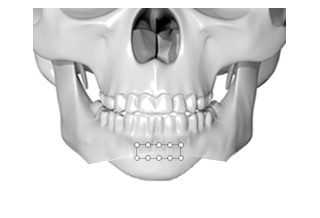
The gathered bone is securely fixed at a new location.
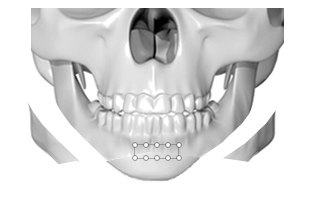
The irregular contour is shaved.
3. When the chin is too receded (advanced genioplasty)
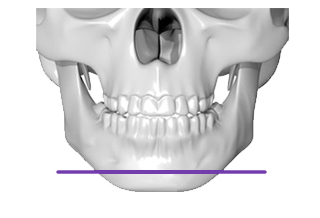
The bone is cut horizontally, avoiding the nerves.
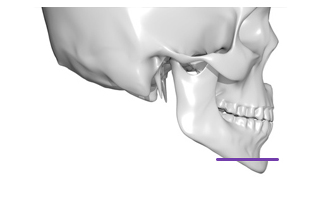
The bottom section of the bone is set forward.
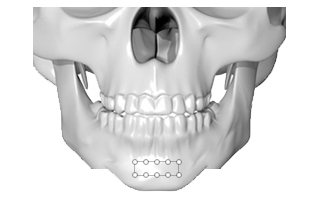
The bone is securely fixed at the new location.
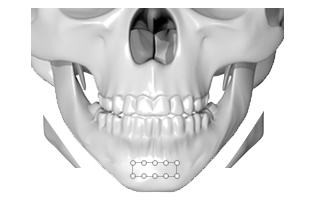
The irregular contour is shaved.
4. When the chin is too receded (advanced genioplasty)
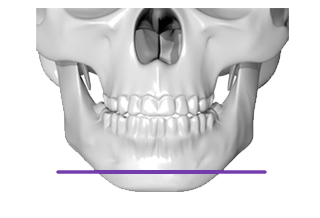
The bone is cut horizontally, avoiding the nerves.
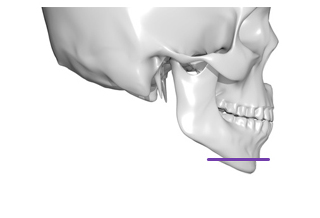
The bottom section of the bone is set back.
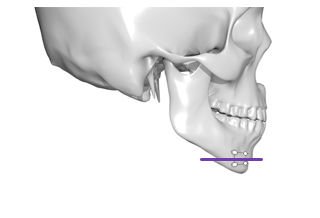
The bone is securely fixed at the new location.
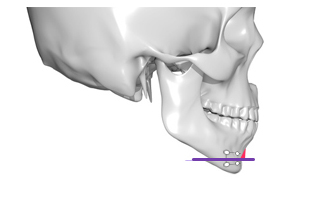
The irregular contour is shaved.
Recommended For

- When the occlusion is in a normal range, but the chin seems relatively too long or short.
- The chin seems too projected or receded.
- Teeth and gums that are revealed too much when smiling.
- When the chin seems wide, making the face look too big and unbalanced.
Surgery Process

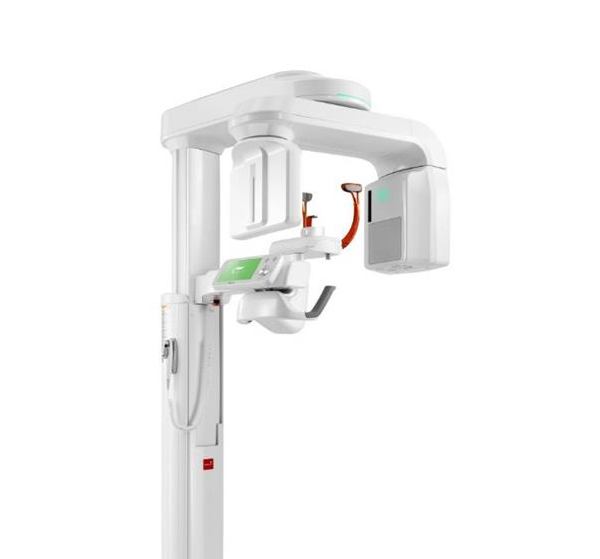
The bone structure is evaluated using a 3D CT scan.
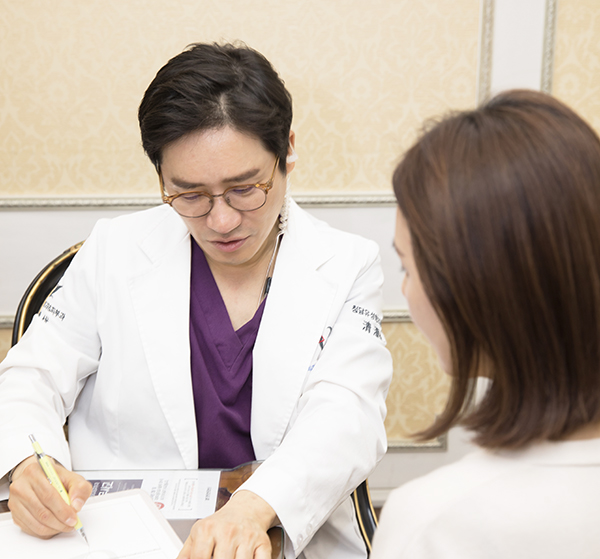
The surgery plan is decided considering the patient’s needs and condition during a consultation.
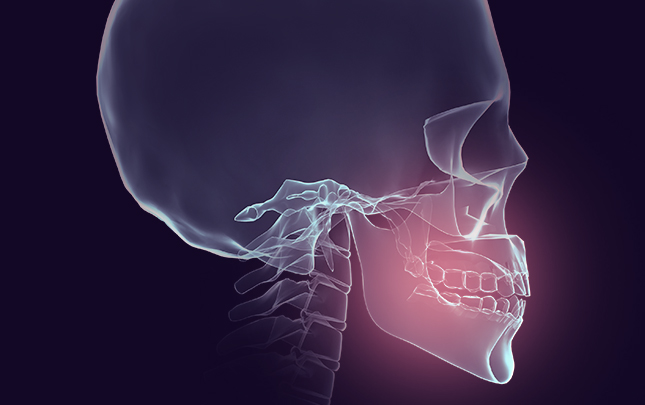
An incision is made inside the mouth.
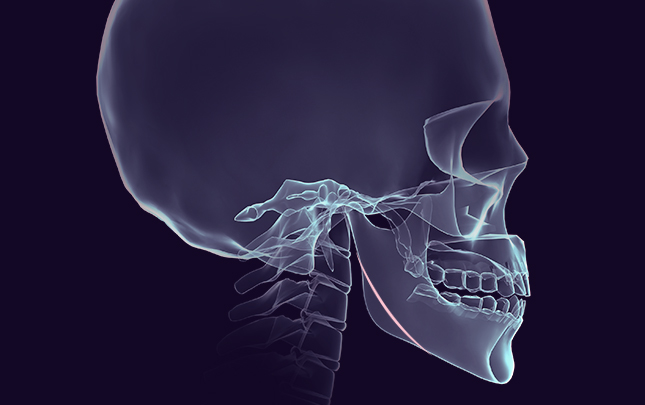
Chin bone is removed or rearranged.
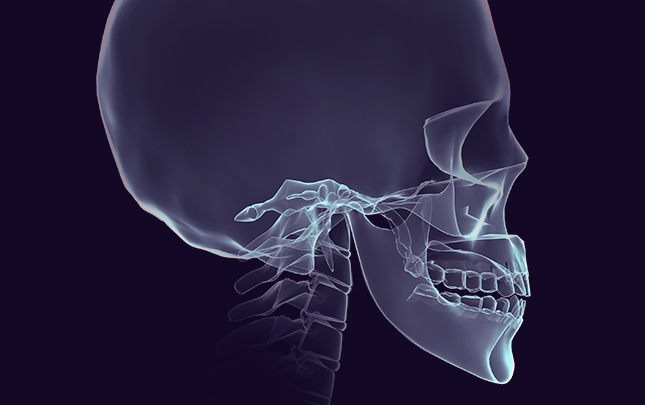
The wound is closed with sutures.
Q&A about Mandible Reduction

The surgery plan differs according to the patient’s anatomy. When the mandible alone is reduced, the face contour looks slimmer and smoother at the side, but there may not be a huge difference at the front. Therefore, sometimes mandible reduction and sagittal splitting ostectomy should be performed at the same time. Alternatively, in some cases, a slender oval face can be achieved by having Sagittal splitting ostectomy alone.
If a patient plans on braces and bone contouring surgery, braces should be first. Through orthodontic treatment, irregular teeth will be straightened and the face contour may change. Therefore, orthodontic treatment should precede face bone contouring surgery to maximize the effect.
Skin sagging is a possible complication after surgery, but not all patients will experience this. Skin sagging occurs when the skin drapes over a bone which is reduced or changed. However, skin sagging can also occur because of aging, even if a patient doesn’t undergo bone surgery. This can be prevented by choosing a surgery plan which doesn’t affect skin elasticity or muscle condition. Furthermore, a thread lift can be a good alternative to prevent skin sagging, as the thread holds the skin during the recovery process.

